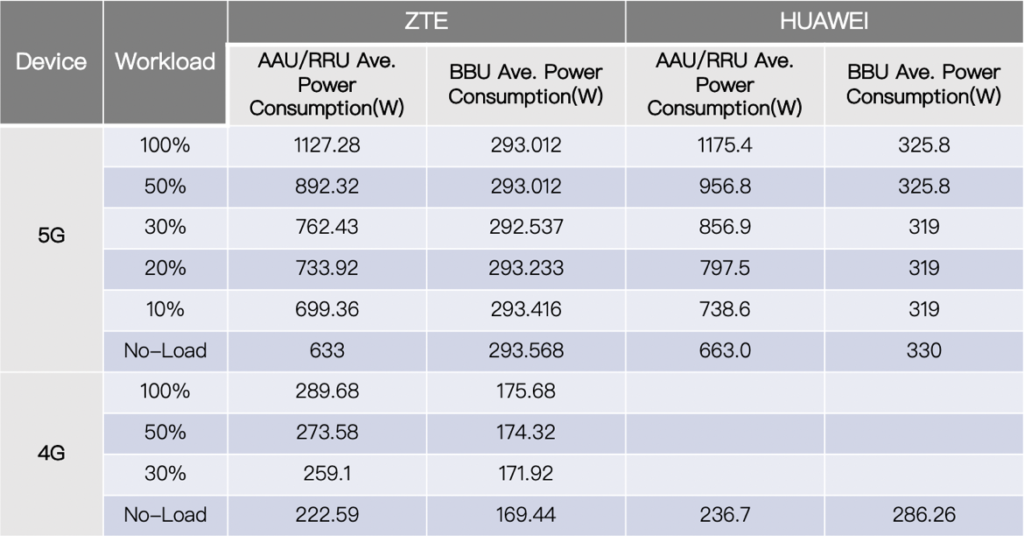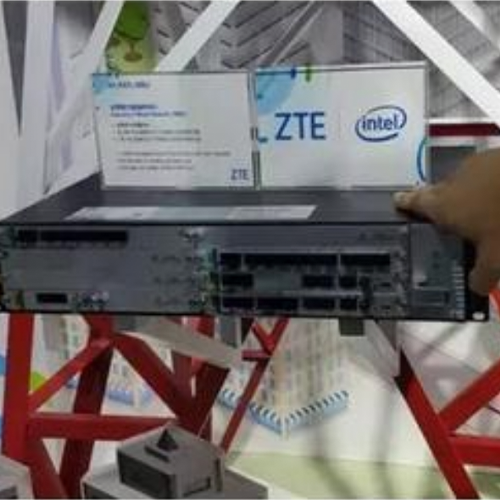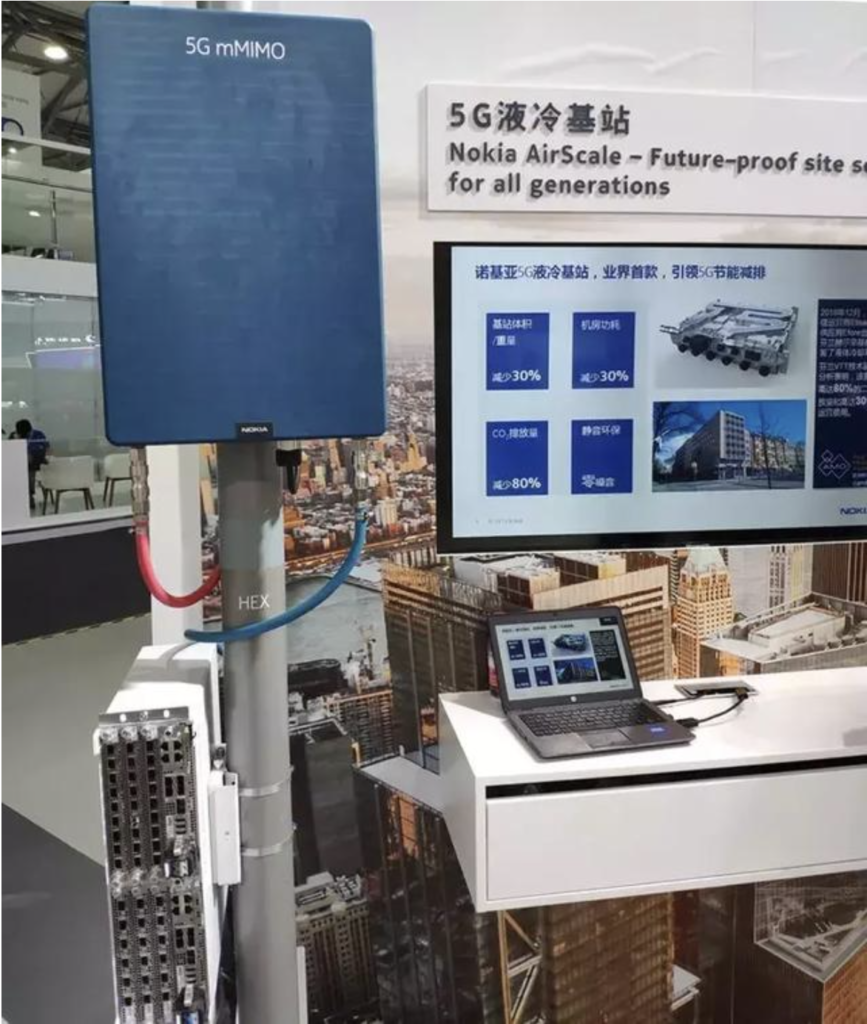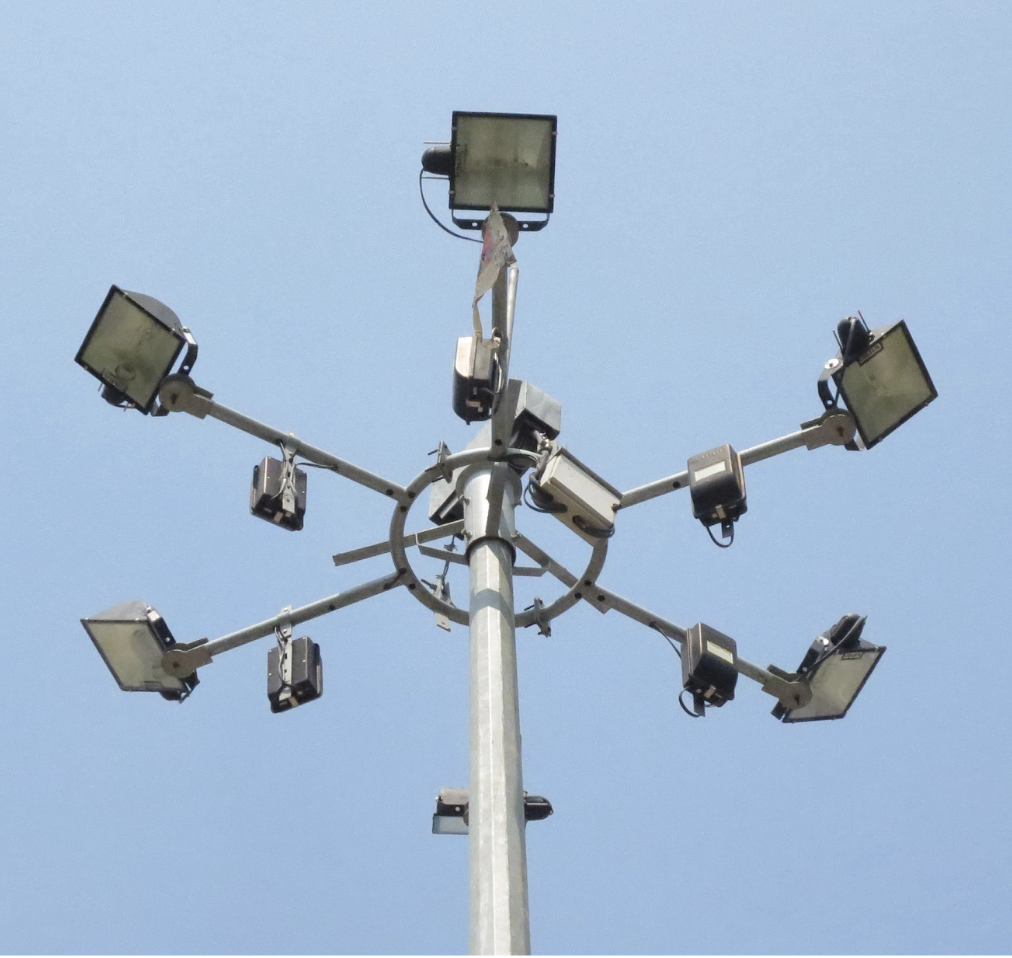

The two figures above show the actual power consumption test results of 5G base stations from different manufacturers, ZTE and HUAWEI, in Guangzhou and Shenzhen, by an anonymous operator.
While there is a lot of talk about 5G’s advantages in speed, performance and bandwidth, there are also concerns about its power consumption. But while there are many theoretical parameters around 5G power consumption, there are no test results to back them up.
The data here all comes from operators on the front lines, and we can draw the following valuable conclusions:
The power consumption of a single 5G station is 2.5 to 3.5 times higher than that of a single 4G station. The main factor behind this increase in 5G power consumption is the high power usage of the active antenna unit (AAU).
Under a full workload, a single station uses nearly 3700W. This necessitates a number of updates to existing networks, such as more powerful supplies and increased performance output from supporting facilities.
The conclusions are striking — we have been prepared for the increase in 5G power consumption, but the extent of that power consumption is beyond what many were prepared for, with some internet commenters noting that the National Grid may be the biggest winner in the 5G race.
The energy consumption cost (also known as electricity cost) of a communication network accounts for about 20% of the operator’s network maintenance cost (OPEX). Doubled power consumption means doubled electricity costs, which will greatly increase operating pressure. The expansion of the power supply also means a rise in 5G network construction investment (CAPEX).

BBU

AAU
A 5G base station is mainly composed of the baseband unit (BBU) and the AAU — in 4G terms, the AAU is the remote radio unit (RRU) plus antenna. The role of the BBU is to handle baseband digital signal processing, while the AAU converts the baseband digital signal into an analog signal, and then modulates it into a high-frequency radio signal.
Next, the power amplifier unit in the AAU will amplify the signal power, and then the processed signal will be transmitted through the antenna. Data shows the power of the BBU is relatively stable and is affected very little by the workload, while AAU is opposite, with power consumption growing as the load increases.

With S111 configuration and 100% load, the power consumption of a single station can even reach 3852.5W.

S111/S333: S means a directional sector. 111 represents a three-sector base station and one frequency point per sector. 333 indicates a three-sector base station and three frequency points per sector.
Worth noting is that the power consumption here is only for the device itself and does not include the power consumption of the air conditioner necessary to cool the area, greatly increasing the power consumption of a single site.
Although the absolute value of the power consumption of 5G base stations is increasing, their energy efficiency ratio is much lower than that of 4G stations. In other words, with the same power consumption, the network capacity of 5G will be as dozens of times larger than 4G, so the power consumption per bit is sharply reduced. Studies show that with 5G base stations, it is possible to download more than 5,000 HD movies using only 1 kWh, whereas with 4G, the same amount of power would allow for fewer than 200 movies to be downloaded.

Data from @WeChat hr_opt
In spite of the increased performance and capabilities, the skyrocketing electricity costs still concern operators, and controlling the power consumption of 5G has become an urgent issue for operators and equipment vendors.
Currently, the main countermeasures include using higher-tech chips and more energy-efficient device materials, trying more scientific heat dissipation solutions, and the dynamic control of equipment power with AI.

MWC 2019 in Shanghai, 5G liquid-cooled base station

The Solution
AI dynamic power control is regarded by many manufacturers as an important breakthrough point in reducing energy consumption. At MWC, many such solutions were demonstrated, most of which were fairly effective.
Ultimately, 5G’s power consumption is a serious challenge for operators and it is also one of the main obstacles for those promoting 5G construction. If the power consumption problem cannot be effectively solved, when combined with an untested 5G business model and demand that remains unclear it will be difficult for operators to see the benefits of large-scale construction. This will further affect 5G implementation and long-term development.
We need 5G, especially green 5G. Hopefully, the majority of manufacturers can step up innovation, research and development and work out more energy-saving technologies to further reduce 5G energy consumption and completely eliminate concerns about the construction and development of 5G.
One possibility is streetlights, which use 400W ~ 1500W high pressure sodium lights or metal halide lights. High mast light poles typically supply more than 10,000W of power to the lighting fixtures. The LED conversion can provide 50% to 80% energy savings and make those light poles perfect 5G base station hosts without extra investment in power grid. additionally, streetlight poles are typically owned by municipalities or commercial properties, and telco providers could obtain such sites at relatively lower costs compared to small private owners.
Originating in Vancouver, Canada, MeshSmart ™ (www.meshsmart.com) multi-use smart poles have become industrial leaders in both China and the USA. Providing both smart lighting and smart parking systems, the energy savings from MeshSmart ™systems will facilitate the installation of 5G base stations onto these poles. MeshSmart ™ also provided a video analytic platform for cameras and WiGig wireless broadband last mile internet connections.

